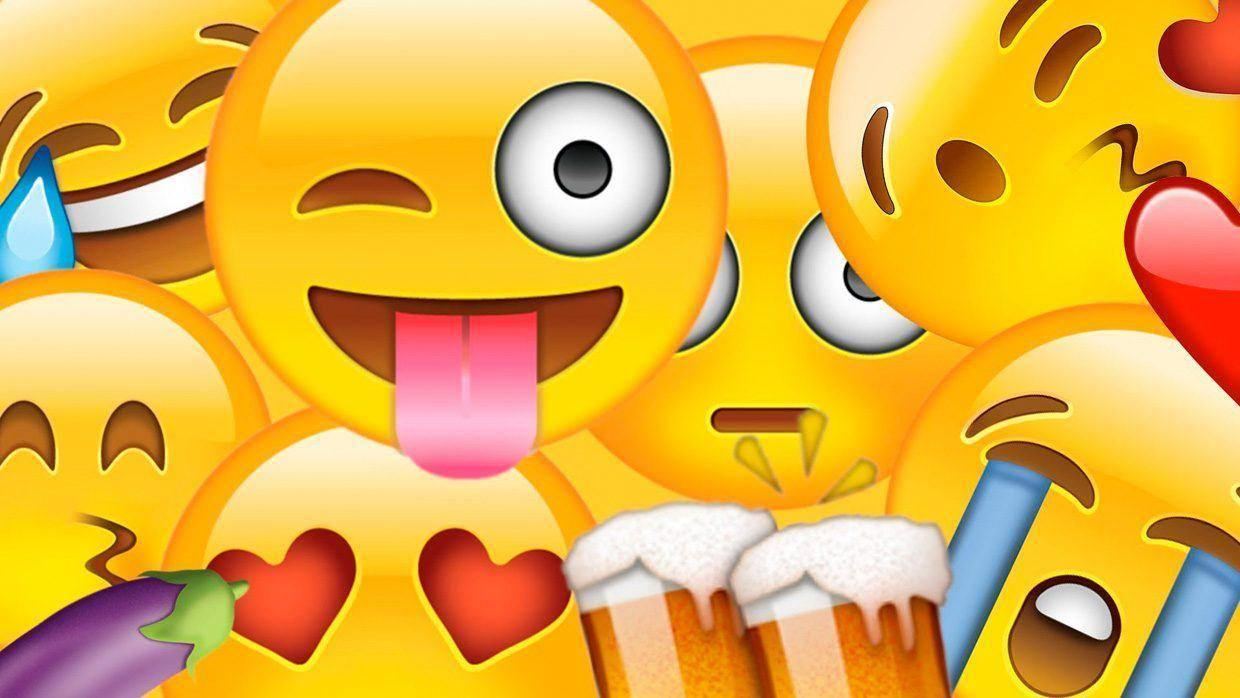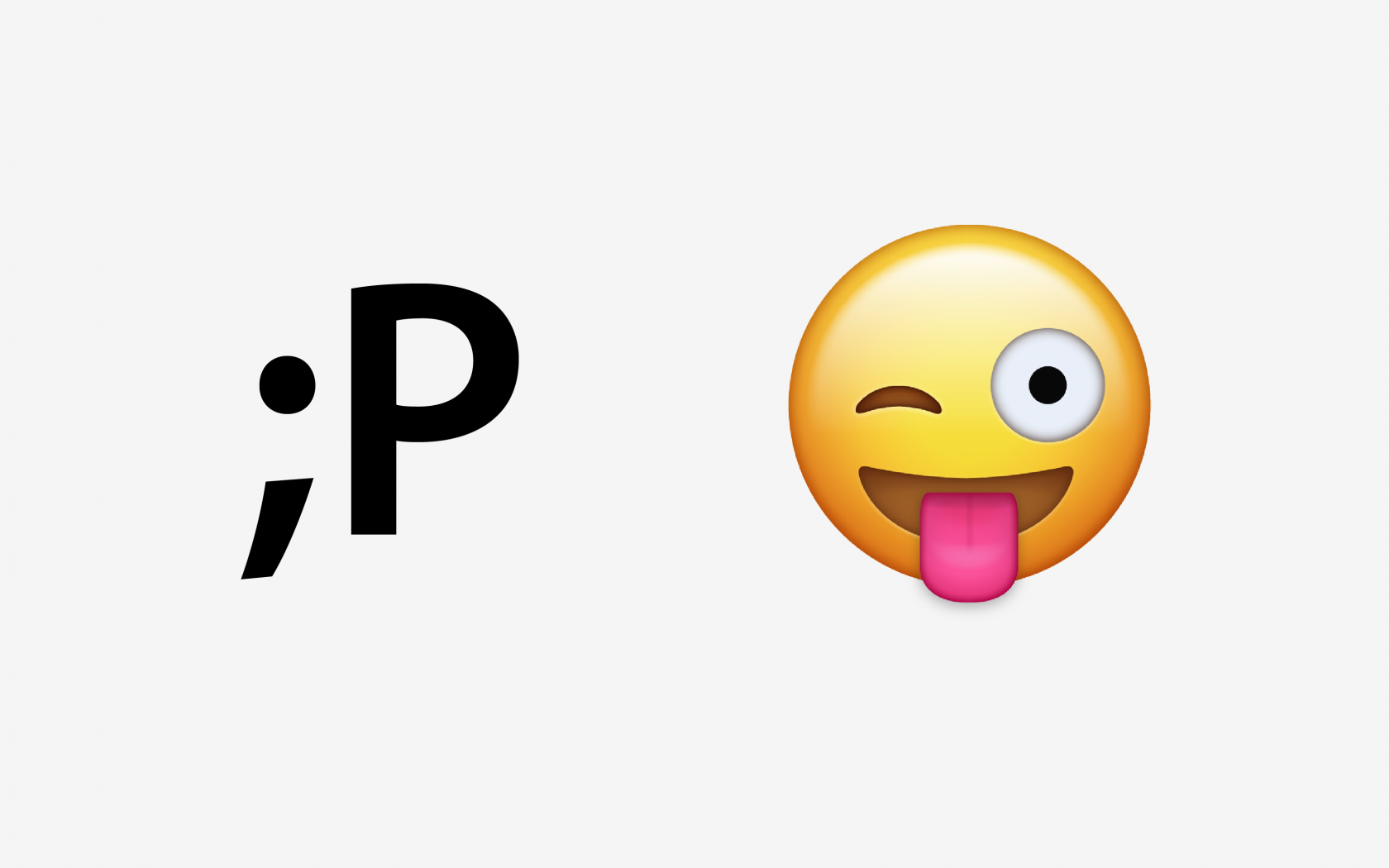The Impact of Sustainable Living on Our Planet
Author: Deon Barajas / 11.21.2025

In the modern world of digital communications, emoji have become an integral part of written communication. Since their appearance, they have come a long way - from simple text emoticons to complex images that convey many nuances of emotions and meanings. In this article, we will look at how emoji developed, which stages of their evolution are most significant, and how they influence our perception and transmission of information in the digital environment.
To understand the current state of emoji, it is important to go back to their origins. The first “emoticons” were literally combinations of ASCII characters. In 1982, Scott Fahlman proposed using the sequences ":-)" and ":-(" to indicate sentiment in text messages. These simple images quickly became popular among users of electronic bulletin boards and mailing lists.
The introduction of emoji into the Unicode standard was a turning point in their spread. Now different operating systems and instant messengers could guarantee the same display of characters on different devices. However, in practice, each software developed its own visual styles, which created a situation where the same emoji code could look different in iOS, Android, Windows and web clients.
An important milestone was the emergence of animated and interactive emoji. Social networks and instant messengers have introduced the ability to send “live” emoticons, supplementing them with sound effects or mini-animations. This expanded the range of emotions expressed and made the conversation more dynamic and emotionally rich.
Emoji have crossed the line of simply complementing text and turned into a full-fledged language of communication. They help:
Additionally, emojis have an impact on global culture. The introduction of emoji with different skin tones, gender variations, and symbols of national holidays was a step towards recognizing the diversity of human experience. However, this process was accompanied by discussions about the formal and informal uses of emoji, as well as how the community influences the choice of faces and characters included in the standard.
Research shows that graphic symbols have the ability to evoke an emotional response faster than text. Emoji activate parts of the brain associated with the perception of images and emotions. They serve as a kind of “mood scanner”: the reader instantly understands with what emotional message the sender is sharing the message.

Psychological benefits of emoji:
The future of emoji involves further integration into new technologies: augmented reality (AR), virtual worlds and voice interfaces. Today we are already seeing the emergence of:
Companies and developers will have to take into account the cultural characteristics of different regions, and also continue to expand the set of symbols, helping users express new facets of the human experience. In the coming years, emoji may become not just a decoration for correspondence, but an independent content format, as significant as text or an image.
Emoji have evolved from simple text combinations to a universal language capable of expressing almost any emotion and idea. Technological innovations, as well as the deep social and psychological aspects of their use, make emoji an important tool for modern communication. As the digital world continues to expand, we will see new forms and functions of emoji, and their role in our lives will become more important.
AllWorldStory provides insightful content that always makes me think.
2025 Designed and built with all the love in the world!
I really enjoy the variety of topics covered here. Keep up the great work!
Daniel Jackson
Published, 11.22.2025